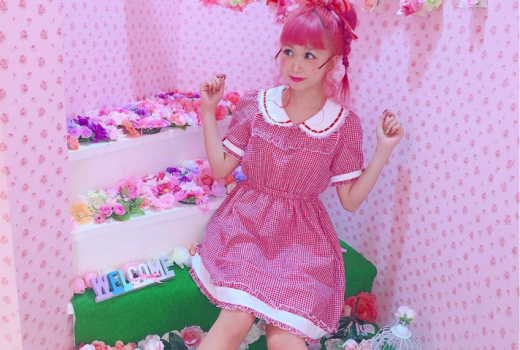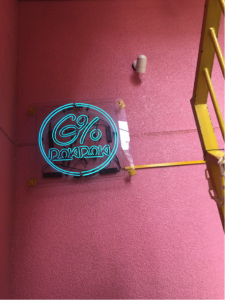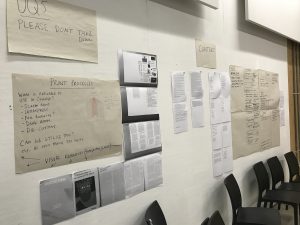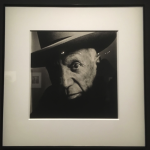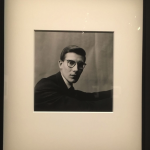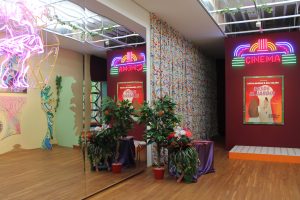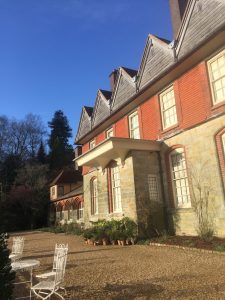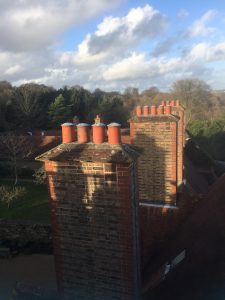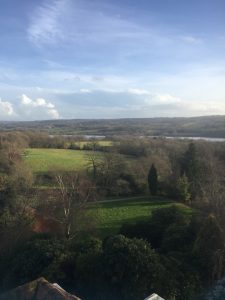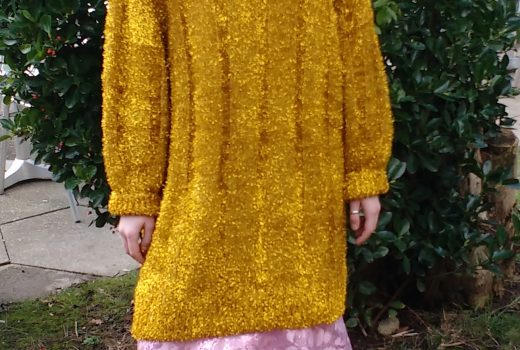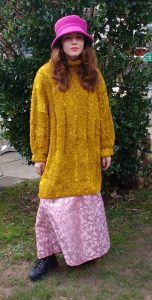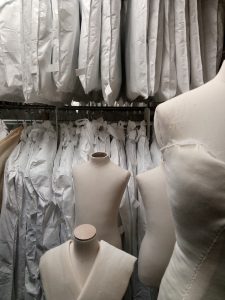Second year BA (Hons) Art History and Visual Culture students Ella Chalice, Ray Elliot Ling, Tiggy Mills and Martha Rabetts have curated a showcase exploring the dark undercurrents of Grimm fairy tales at St Peter’s House Library.
Press Release
Discover The Dark Truth Behind The Fairy Tales Of The Brothers Grimm
The Dark Truth Behind the Fairy Tales of the Brothers Grimm
Supported by the University of Brighton
St Peter’s House Library Ground Floor
With thanks to the St Peter’s House Library Special Collection and Suzanne Rowland
Visit our Instagram https://www.instagram.com/ahexhibition/
Fairy Tales, those cherished stories from our childhood, are often associated with magic, whimsy, and happy endings. However, the origins of these beloved stories are much darker. These tales, once rooted in the oral traditions of peasant communities, were full of cruelty, exploitation, and the grim morals of life.
Opening on the 3rd of December 2024
The Dark Truth Behind the Fairy Tales of the Brothers’ Grimm is a display that provides an opportunity to remember not just the Grimm Brothers, but the voices they recorded and the cultures they preserved. This exhibition is a chance to see fairy tales not just as escapism, but as tools of understanding the darkness and resilience of the human spirit through these characters.
Fairy Tales are more than stories; they are cultural artifacts. In their earliest forms, these narratives reflected the fears, struggles, and moral dilemmas of the societies they came from. The Grimms’ adaptations, for instance, often addressed themes like poverty, greed, and the exploitation of children. These tales weren’t just bedtime stories—they were mirrors to society’s darkest truths and guides on survival.
Feature Spotlight
The Display will have a focus on the story and character of Rumpelstiltskin, with an exclusive look at objects from St Peters House Library’s special collection including:
- Rare books and objects from Peter’s House Library’s special collection, including original copies of the Fairy Tales of the Brothers Grimm.
- A presentation of David Hockney’s Grimm’s Fairy Tales etchings, which visually explore the psychological depth of these stories.
- Arthur Rackham’s iconic illustrations, contrasting beauty with the tales’ darker truths.
Both written and illustrated depictions of the tales of Rumpelstiltskin will be showcased. Through these works, visitors will see how the Grimms’ adaptations evolved over time—softened and reimagined for modern audiences, yet still preserving echoes of their original starkness.
Reclaiming the Raw Edges of History
At its core, Rumpelstiltskin is a story about greed, deceit, and the commodification of labor and children. The miller’s lie about his daughter’s abilities traps her in a perilous cycle of exploitation. And the goblin’s demand for her child could be seen as a metaphor for the toll of labour. Yet, this tale—deeply layered and universal—has never received the same cultural spotlight as, say, Cinderella. We invite you to look at what it says about the values we choose to amplify and why.
These objects are not just relics; they’re evidence of the evolution of storytelling. They demonstrate how the Grimms’ work was adapted, softened, and reimagined for different audiences. For instance, David Hockney’s etchings use visual abstraction to emphasize the psychological complexity of the tales, while Arthur Rackham’s illustrations add a layer of beauty that masks their brutality.
As time passes, we lose the raw edges of history. Stories like Rumpelstiltskin and Hansel and Gretel become fairy dusted, and we forget the real lessons they carried. This exhibition is an opportunity to remember—not just the Grimms, but the voices they recorded and the cultures they preserved. It challenges us to look at fairytales not as escapism, but as tools of understanding—tools that reveal both the darkness and resilience of the human spirit.
Event Details:
- Exhibition Dates: December 3, 2024 – 5th Dec 2024
- Location: St Peter’s House Library
- No Tickets required- open to staff and students of Brighton University
- Contact: ElliotLing1@uni.brighton.ac.uk
Step into a world where fairy tales are not merely bedtime stories but cultural artifacts. Rediscover the voices, struggles, and hopes of the societies that shaped them.
Join us this winter to uncover the dark truths behind the stories we thought we knew.
Curated by Ella Chalice, Ray Elliot Ling, Tiggy Mills and Martha Rabetts.

